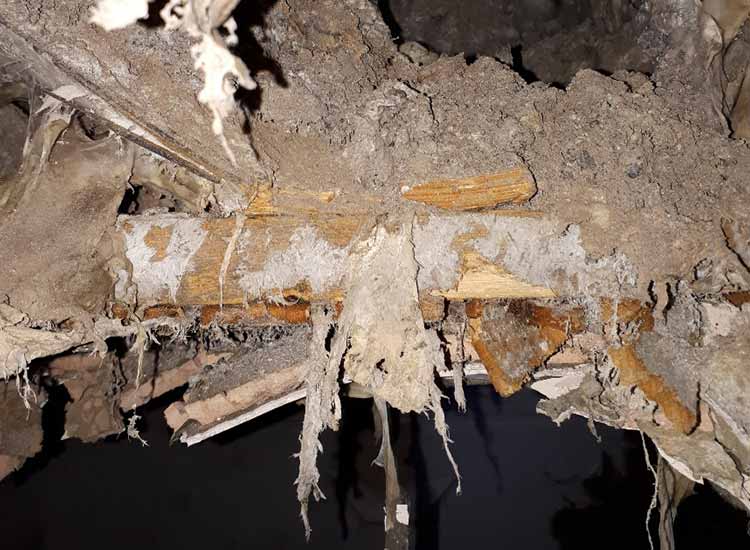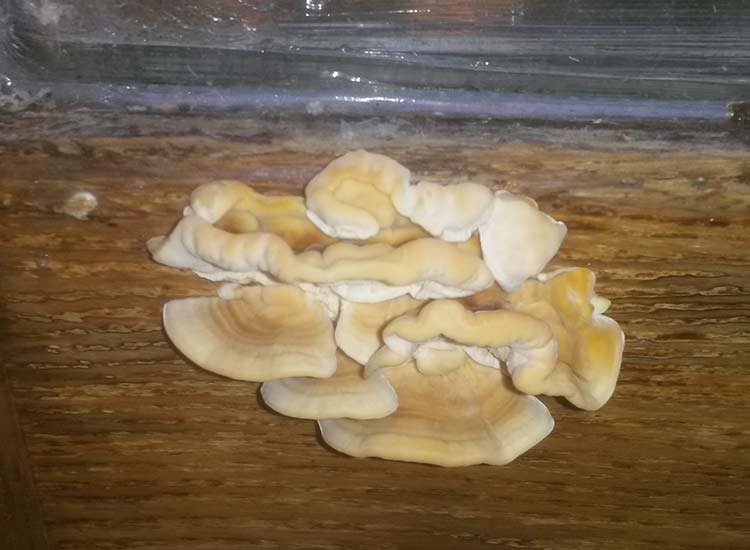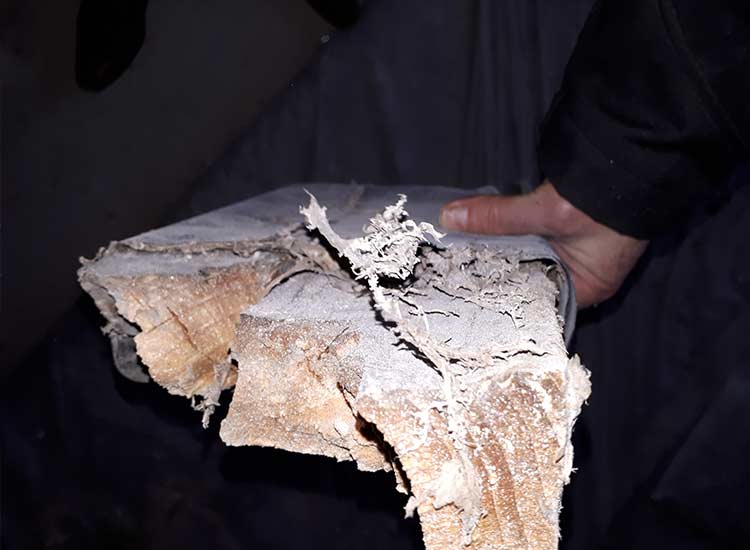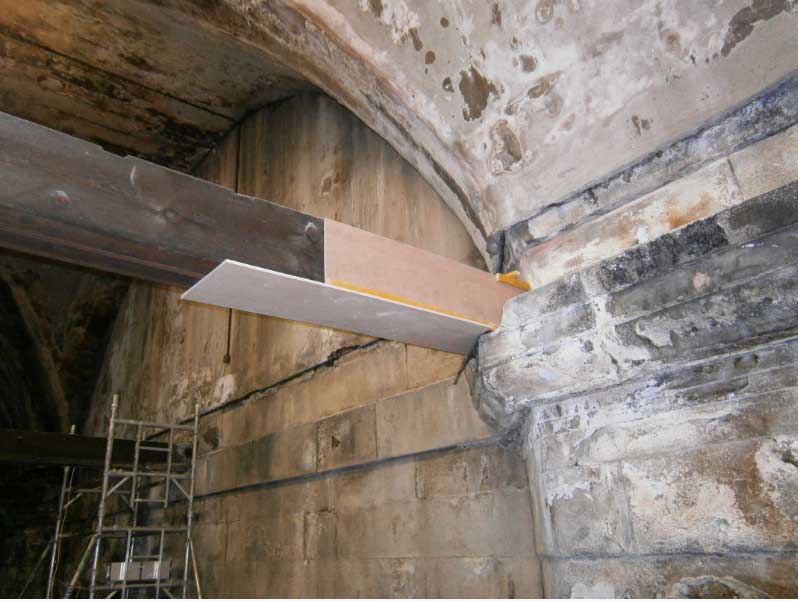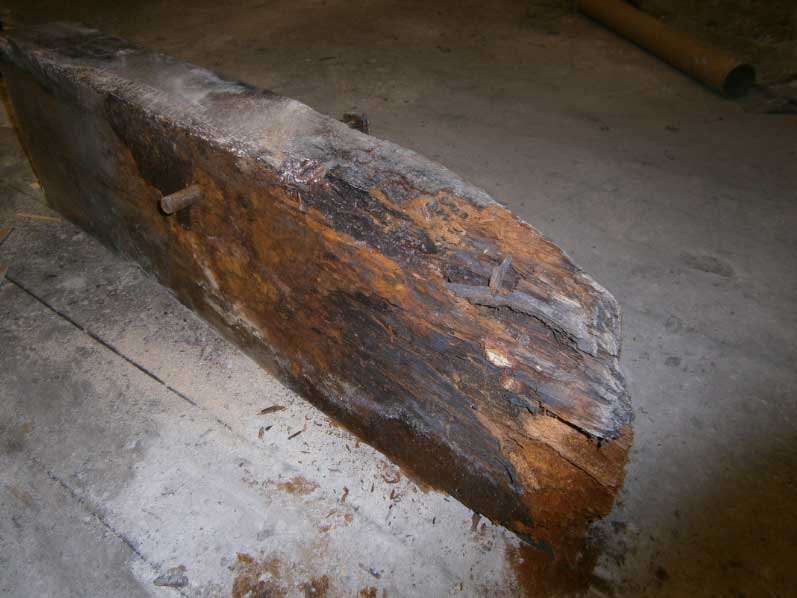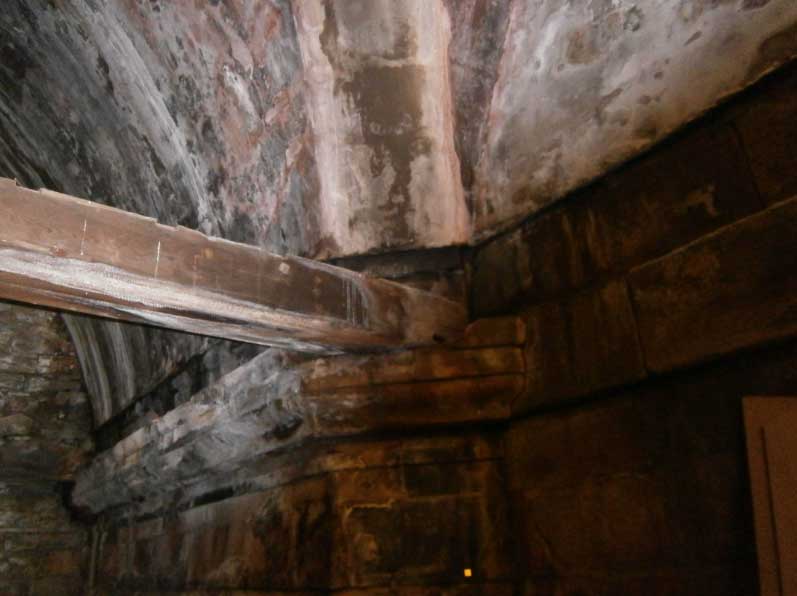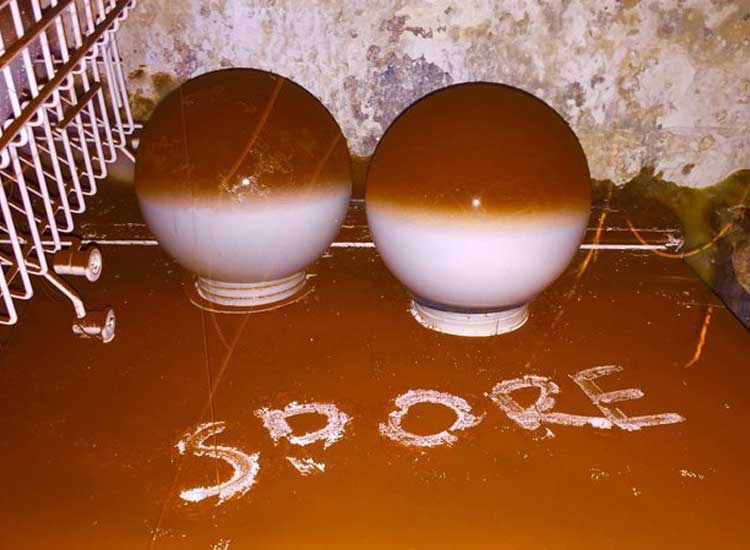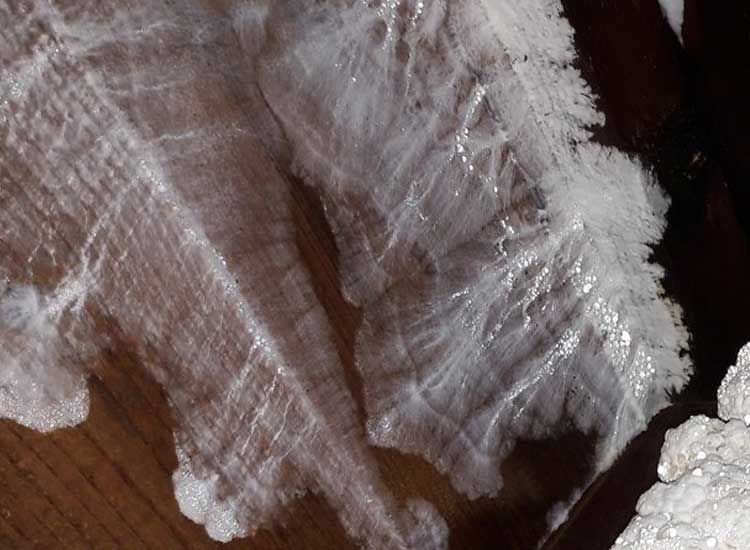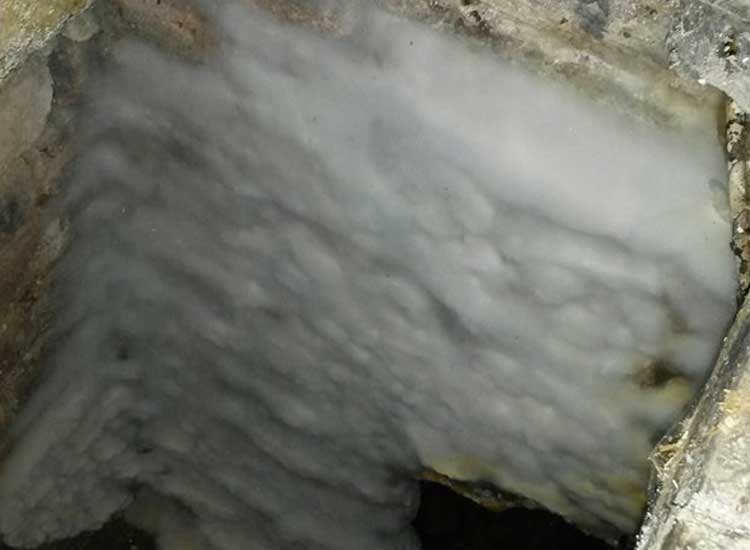Dry Rot Hawick
Dry rot is a common wood destroying fungi that attacks and weakens unprotected timbers that have been affected by damp. Our experienced property surveyors are here to help you by accurately identifying the cause of the problem as well as specifying the most effective solution.
- 30 Year Guarantee
- Award-Winning Contractor
- Experienced & Qualified, Hawick Surveyors and Technicians
What Is Dry Rot?
Have you noticed any signs of dry rot within your property? If so, it is always better to know for sure rather than ignoring the problem and letting it spread.
Dry rot is a common wood destroying fungi that attacks and weakens unprotected timbers that have been affected by damp. Our experienced property surveyors are here to help you by accurately identifying the cause of the problem as well as specifying the most effective solution. Get in touch with our Hawick branch to book a property survey.
How to Identify Dry Rot?
- If you are concerned about dry rot affecting your property, there are some signs that you might notice. Affected timber tends to crack into cubes, lose its strength and becomes brittle. Eventually, it can crush the wood into powder.
- Dry rot’s appearance is constantly changing depending on the environment and its development stage. It can range from grey mushroom coloured skin to rusty red colour spores that can cover the affected area. In early stages you might notice a white, fluffy mycelium which looks like cotton wool, giving off a damp mushroom odour.
- It is important to identify the extent of timber decay caused by dry rot or other wood-destroying fungi. The reason for this is that dry rot can travel along and through building materials and affect large areas of the property. Read more about the difference between dry rot and wet rot.
- It can be extremely tricky to identify dry rot. However, a member of our specialist team can identify the type of infestation and specify the solution to treat the affected area.
Where Does Dry Rot Grow?
The cause of dry rot is excessive moisture affecting the timber:
- Property defects allowing damp to get to timber
- Poor sub floor or roof ventilation
- Dry rot spores
- Timber not protected
- Moisture content in the timber above 20%
- Oxygen is required with excessive damp to germinate the spore on the timber
From fixtures to structural timbers, the average home is made up of 70% timber. Once dry rot starts to spread, it can affect large areas of your property and cause major structural problems.Any unprotected or untreated timber in your property from your roof to the ground floor which becomes damp is at risk of a Dry Rot attack. If you think that you have spotted the presence of dry rot, then you should get advice on the affected area. Before you start looking for dry rot, it is worth knowing that it can appear in an old building or a modern structure. Dry rot is caused by dampness that germinates the dry rot fungus spore on the timber. This means that it can appear almost anywhere. This type of rot is often caused by leaking roofs, penetrating damp due to defective gutters and masonry and plumbing leaks inside your property.
It is common for dry rot to thrive in roofs, underfloor areas or behind wall fabrics that have poor ventilation.
Wet Rot and Dry Rot Difference
- Dry rot in your property is serious and it should always be resolved as soon as possible. It is an aggressive destructive form of decay in a building as it spreads away from the source of damp and destroys timber and other property fabric.
- As for wet rot fungus, this type of rot occurs more frequently but is more localised. The decay usually affects timber at the source of the damp. However, do not underestimate wet rot. If left untreated wet rot can cause major structural problems.
- Dry Rot is only caused by the fungi Serpula Lacrymans and it is the most serious form of fungal decay in buildings. It can spread through a complete building and destroy the fabric of the property. As we have mentioned dry rot can affect any unprotected timber which becomes damp with a moisture content of above 20% which can be achieved quite easily in a property.
- Wet rot and Dry Rot may appear as a result of defective internal plumbing or penetrating damp caused by defective render, guttering and downpipes. Both Wet and Dry rot can cause significant damage before a homeowner is aware that there is even a problem as it can germinate behind wall fabrics and below floors.
Timber Preservation Specialists
Our qualified dry rot specialists will closely investigate the affected area and measure the scale of the problem. At Richardson and Starling, we only supply experienced surveyors who are highly trained in all types of rot and damp problems that could affect your property. This means that our surveyor will be able to complete the survey and give the appropriate remedial recommendations no matter what problem is identified.The majority of structures throughout the United Kingdom have large sections of the building formed by timber. Timber has been used for thousands of years and is still one of the most commonly used building materials. Timber can be used as supporting beams or posts or can even simply be used for the roof or floors.
Due to timbers popularity as a building material, decay by fungal growth and infestation by wood boring insects is extremely common.
30 Year Guarantee
Free automatic transfer to the new property owner if sold.
After eight decades of successful property surveys and repairs, we’re confident to offer you a 30 Year Guarantee that transfers with the Property.
Richardson & Starling are long standing members of the Property Care Association (PCA) and the QANW. This demonstrates our ability to meet technical and financial requirements to offer an insurance back-up to our own long term guarantees if you would like this.

